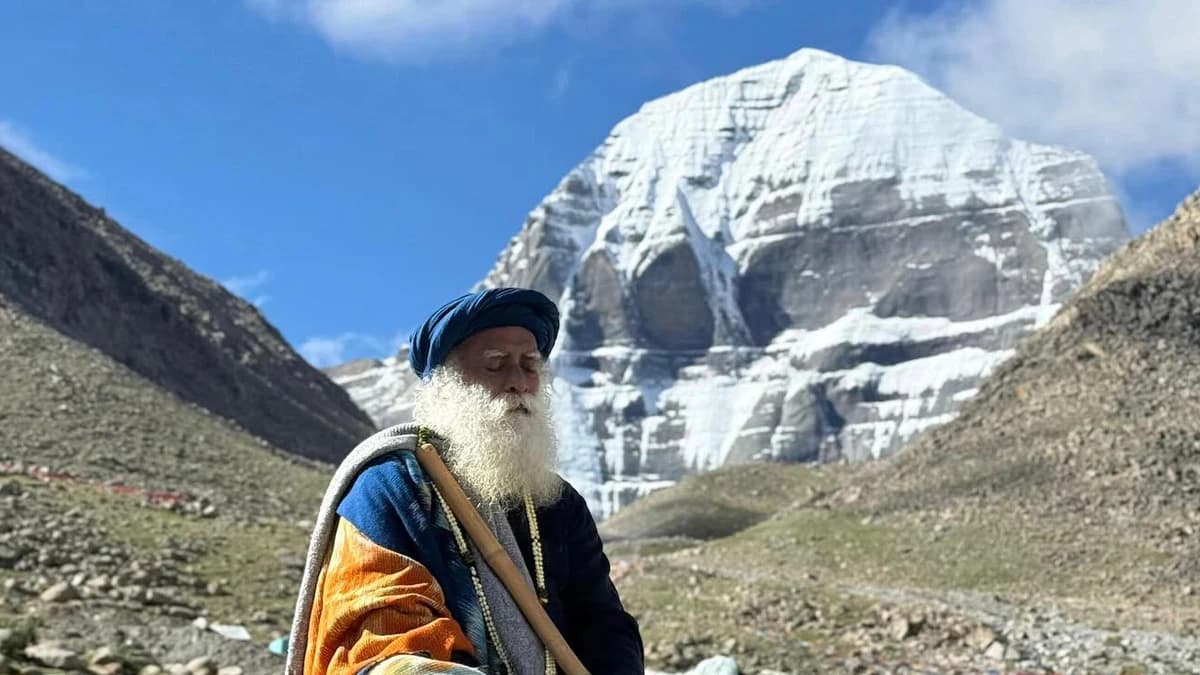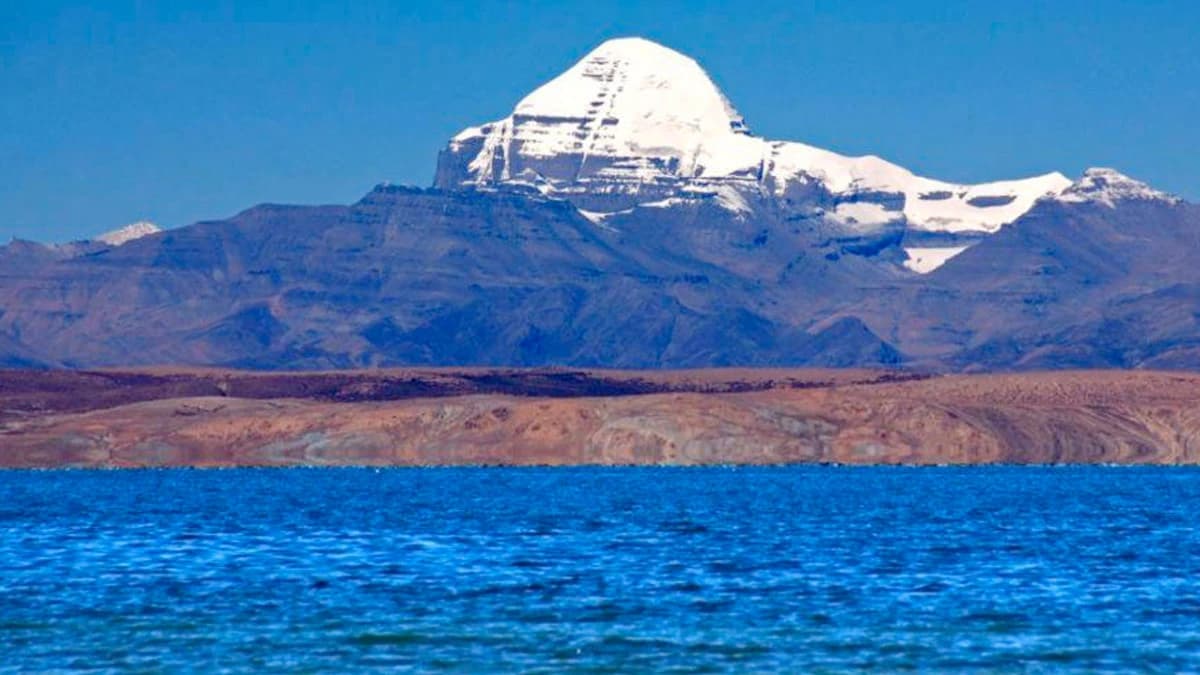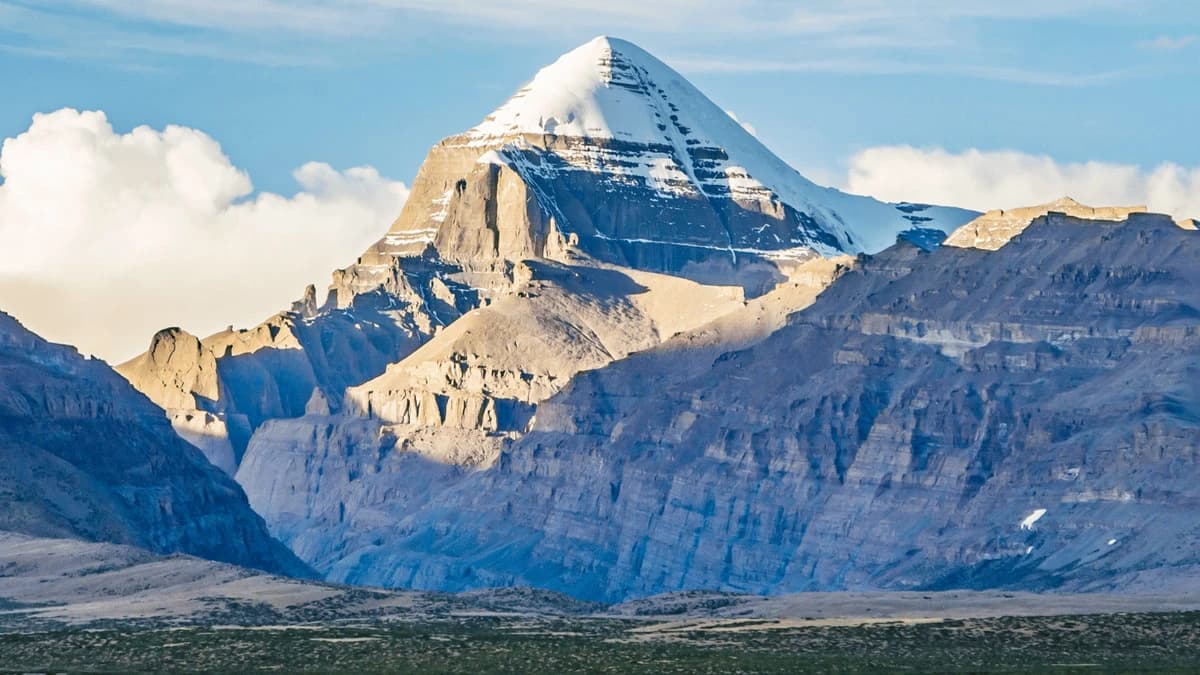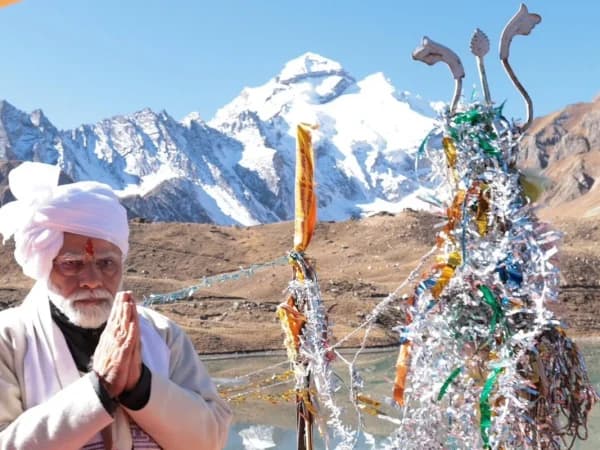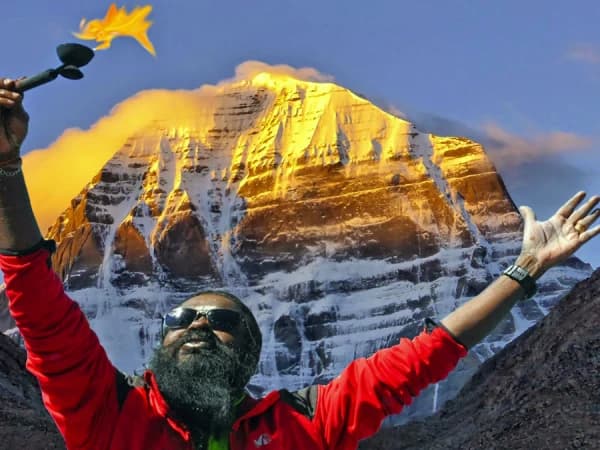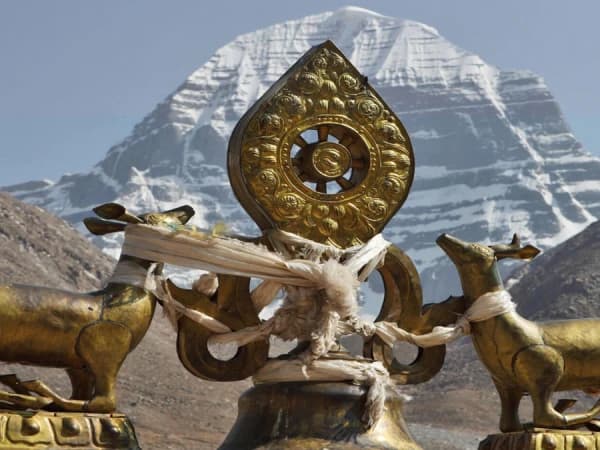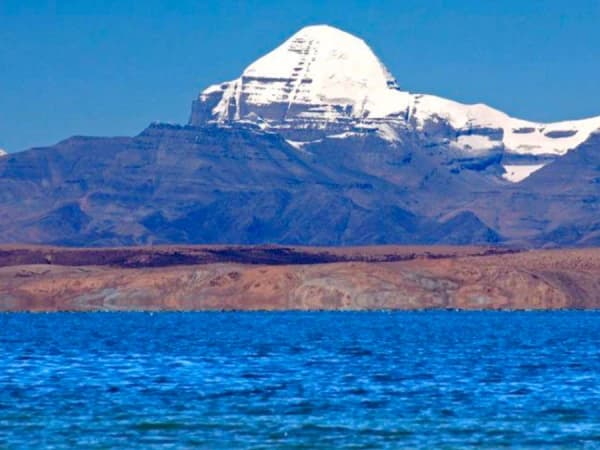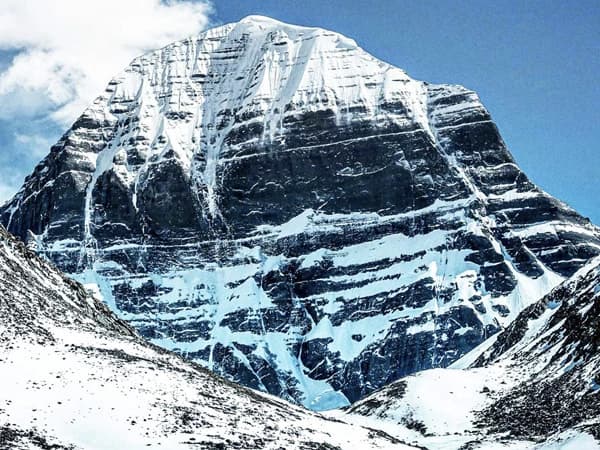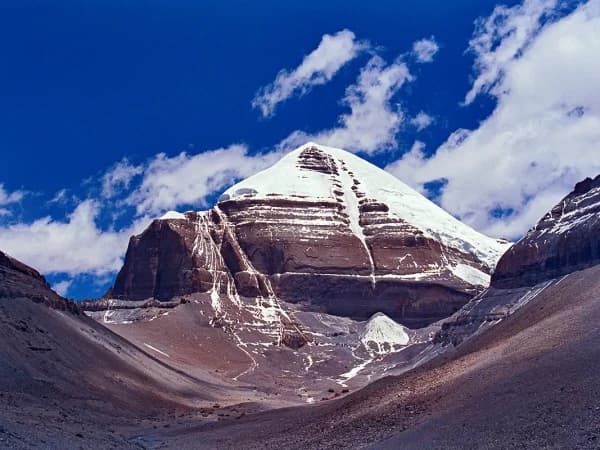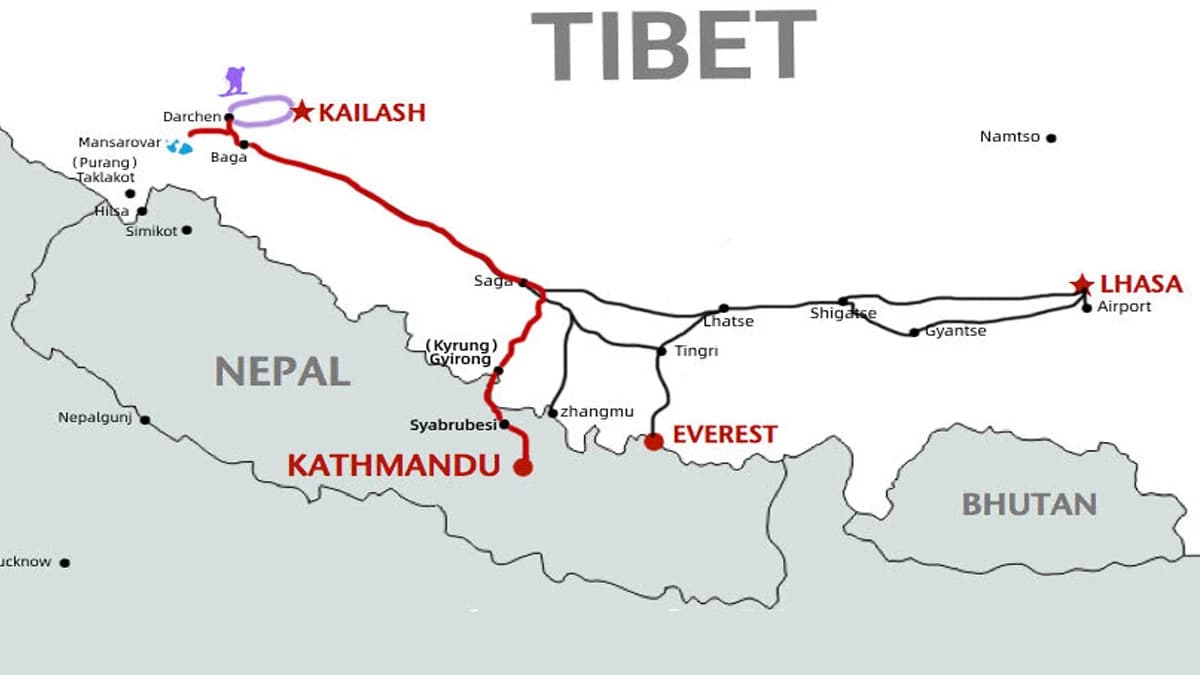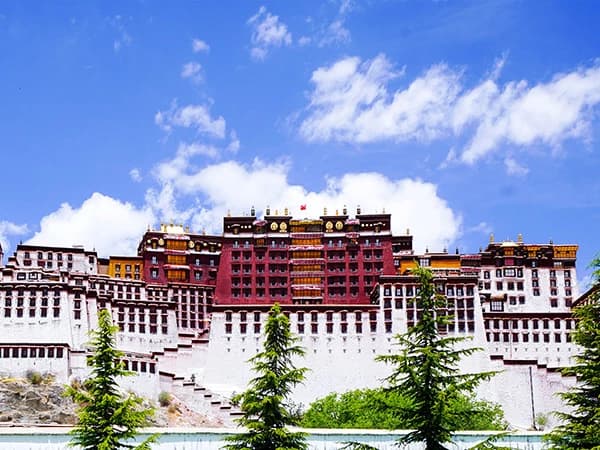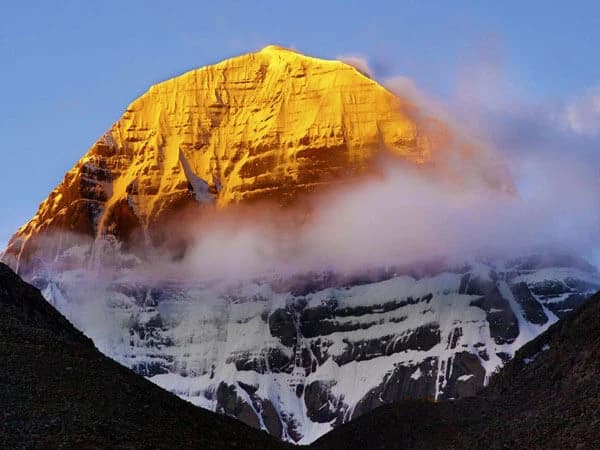Kailash Mansarovar Yatra Tour from Nepal - 16 Days
The Kailash Mansarovar Yatra from Nepal is one of the most sacred and spiritual pilgrimage journeys in Asia. Thousands of Hindu, Buddhist, Jain, and Bon pilgrims travel every year to visit Mount Kailash and the holy Mansarovar Lake. Starting the yatra from Nepal is popular because of easy travel routes, expert guidance, and beautiful Himalayan views.
Mount Kailash is believed to be the home of Lord Shiva. Mansarovar Lake is one of the highest freshwater lakes in the world and is known for its crystal-clear water. Pilgrims believe that taking a holy bath in Mansarovar can wash away sins and bring peace to the soul. The journey also includes the sacred Kailash Parikrama (Kora), which is a 3-day walk around Mount Kailash.
The Nepal route is one of the safest and most comfortable ways to complete the Kailash Mansarovar Yatra. Most tours start from Kathmandu, where pilgrims complete medical checkups, visa procedures, and yatra preparations. From Kathmandu, travelers go by helicopter, flight, or overland drive via the Nepal–Tibet border.
This pilgrimage tour usually lasts 10 to 15 days, depending on the package. The tour includes hotel stays, vegetarian meals, experienced guides, oxygen support, medical assistance, and all travel arrangements. Helicopter tours are also available for luxury travelers who want a shorter and more comfortable journey.
The best time for Kailash Mansarovar Yatra from Nepal is from May to September, when the weather is clear and roads are accessible. This tour is suitable for spiritual seekers, adventure lovers, and nature lovers who want to experience the divine energy of the Himalayas.
Main Highlights – Kailash Mansarovar Yatra Tour from Nepal
- Sacred pilgrimage to Mount Kailash and holy Mansarovar Lake
- Spiritual journey for Hindu, Buddhist, Jain, and Bon pilgrims
- Holy bath at Mansarovar Lake for spiritual purification
- Sacred 3-day Kailash Parikrama (Kora) around Mount Kailash
- Scenic Himalayan landscapes and breathtaking mountain views
- Safe and comfortable travel route via Nepal–Tibet border
- Tour starts from Kathmandu with full yatra preparation and support
- Options for helicopter, flight, or overland journey
- Tour duration of 10 to 15 days with flexible packages
- Comfortable hotel and guesthouse accommodation
- Pure vegetarian meals throughout the journey
- Experienced guides and trained support staff
- Oxygen support and medical assistance for high-altitude safety
- Luxury helicopter tour options for faster and comfortable travel
- Best travel season from May to September with clear weather
- Suitable for spiritual seekers, adventure lovers, and nature enthusiasts
Sacred Destination – Visit Mount Kailash and Holy Mansarovar Lake
The Kailash Mansarovar Tour is famous worldwide for its powerful spiritual energy and sacred destinations. Mount Kailash, located in western Tibet, is believed to be the divine home of Lord Shiva and is respected by Hindus, Buddhists, Jains, and Bon followers. This holy mountain is not climbed, as it is considered the center of the universe and a symbol of peace, purity, and spiritual awakening. Pilgrims believe that simply seeing Mount Kailash can remove negative karma and bring inner peace.
Nearby, the holy Mansarovar Lake is one of the highest freshwater lakes in the world, located at an altitude of about 4,590 meters. The lake is famous for its crystal-clear blue water and spiritually calming environment. Devotees believe that taking a holy bath or performing prayers at Mansarovar can wash away sins and purify the soul. The tour also includes the sacred Kailash Parikrama (Kora), a 52-kilometer spiritual walk around the holy mountain. This spiritual destination is not just a place, but a life-changing experience that attracts thousands of pilgrims every year.
Tour Duration – Usually 10 to 15 Days
The Kailash Mansarovar Tour duration usually ranges between 10 to 16 days, depending on the travel route and chosen package. This carefully planned itinerary allows travelers to adjust slowly to the high altitude, ensuring safety and comfort during the spiritual journey. A shorter itinerary is available for helicopter tours, while overland tours typically take more days due to road travel and border procedures.
During the journey, travelers experience a mix of cultural exploration, spiritual activities, and scenic Himalayan landscapes. The first few days are spent in Kathmandu for travel briefings, medical checkups, visa processing, and yatra preparation. After that, pilgrims travel through beautiful Tibetan towns before reaching Mount Kailash and Mansarovar Lake.
The tour includes the sacred 3-day Kailash Parikrama (Kora), which is an important part of the pilgrimage. These days are carefully organized with rest stops, accommodation, and support teams to help travelers walk comfortably. The total journey duration ensures proper acclimatization, safe travel, and enough time for prayers, meditation, and spiritual reflection. This balanced schedule makes the tour suitable for both elderly pilgrims and adventure lovers.
Starting Point – Tour Begins from Kathmandu, Nepal
The Kailash Mansarovar Tour from Kathmandu is one of the most popular and safe ways to complete this sacred pilgrimage. Kathmandu, the capital city of Nepal, is the main starting point because it offers easy international flight connections, good hotels, professional tour operators, and smooth visa processing for Tibet travel.
In Kathmandu, travelers complete important preparations such as medical checkups, secure Tibet group visas, and attend detailed yatra briefings. Pilgrims also have the chance to visit famous spiritual sites like Pashupatinath Temple, Boudhanath Stupa, and Swayambhunath (Monkey Temple) before starting the main journey.
From Kathmandu, travelers continue their journey towards Tibet using different travel modes such as helicopter, flight, or overland drive via the Nepal–Tibet border. The well-organized support system in Kathmandu makes the tour comfortable and stress-free. Starting the tour from Nepal also provides natural altitude acclimatization, which reduces the risk of altitude sickness. This makes Kathmandu the most preferred gateway for the Kailash Mansarovar Yatra.
Best Time to Travel – May to September
The best time to visit Kailash Mansarovar is from May to September, when the weather is clear, roads are accessible, and mountain views are at their best. During this period, the snow has melted from most of the routes, making travel safer and more comfortable for pilgrims. The temperature is also relatively mild compared to the harsh winter months.
These months offer the best visibility of Mount Kailash, crystal-clear reflections at Mansarovar Lake, and stable conditions for the holy Kailash Parikrama. Most official yatra permits and group tours operate only during this season due to safety and weather conditions.
The summer season is also ideal for photography, spiritual meditation, and outdoor religious rituals. Winter months from October to April are usually not suitable due to heavy snowfall, extreme cold, blocked roads, and travel restrictions. Planning your tour between May and September ensures a smooth travel experience, safe trekking conditions, and unforgettable Himalayan views.
Travel Options – Helicopter, Flight, or Overland Drive
The Kailash Mansarovar Tour offers multiple travel options to suit different budgets, time limits, and comfort levels. The most popular and fastest option is the helicopter tour, which is ideal for travelers who want a short, luxury, and comfortable journey. This option reduces travel days and physical effort while still allowing pilgrims to experience the spiritual essence of the tour.
Another option is traveling by flight combined with road travel, which offers a balance of comfort and affordability. This option allows travelers to experience the scenic beauty of the Himalayas and Tibetan plateau while maintaining a steady travel pace.
The third option is the overland drive, which is a budget-friendly and adventurous way to reach Kailash Mansarovar. This journey passes through beautiful high-altitude landscapes and remote mountain towns. Each travel option is supported by experienced guides, comfortable vehicles, oxygen backup, and medical support. Travelers can choose their preferred option based on time, health condition, and budget, making the tour flexible and accessible for all types of pilgrims.


